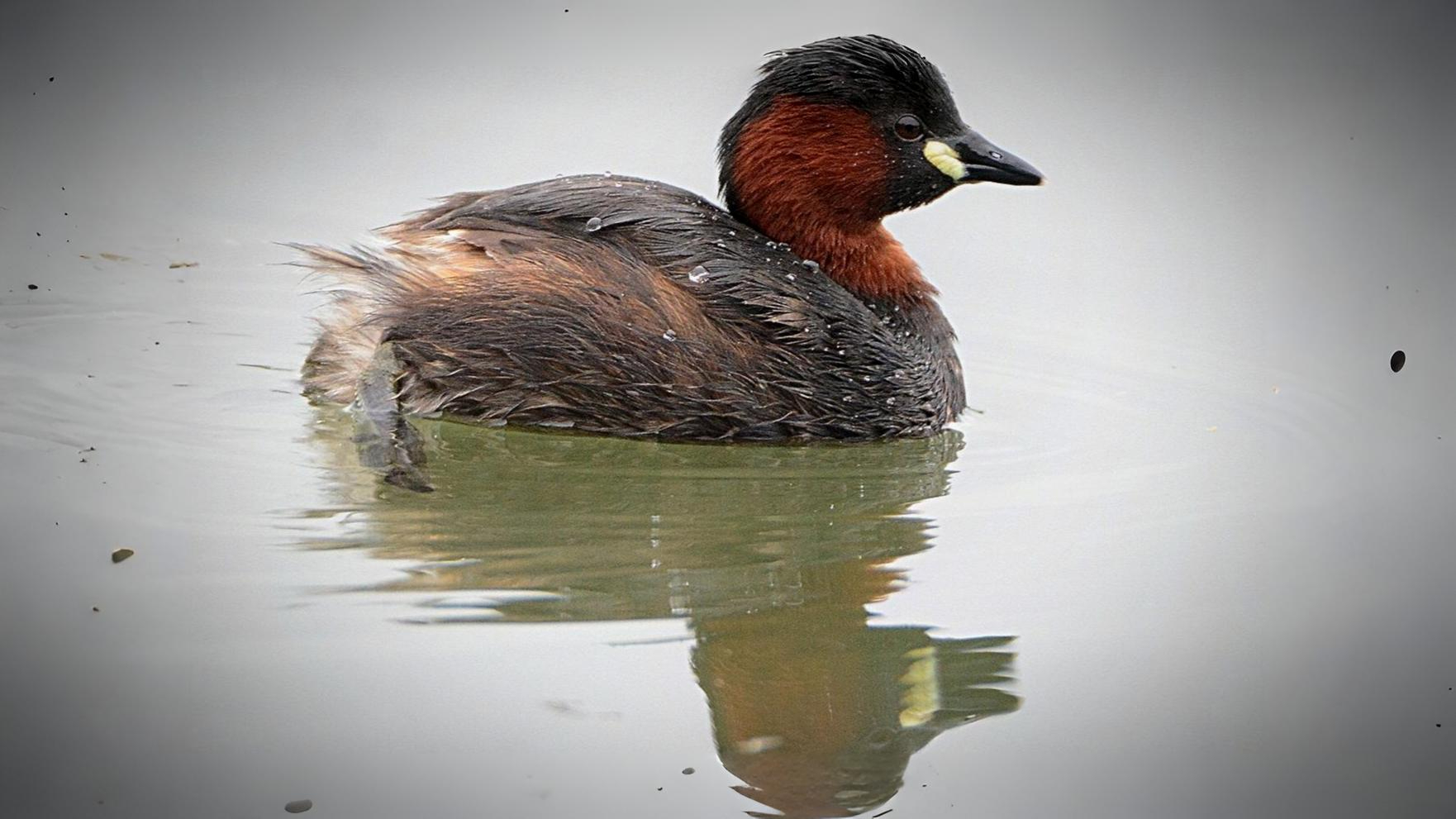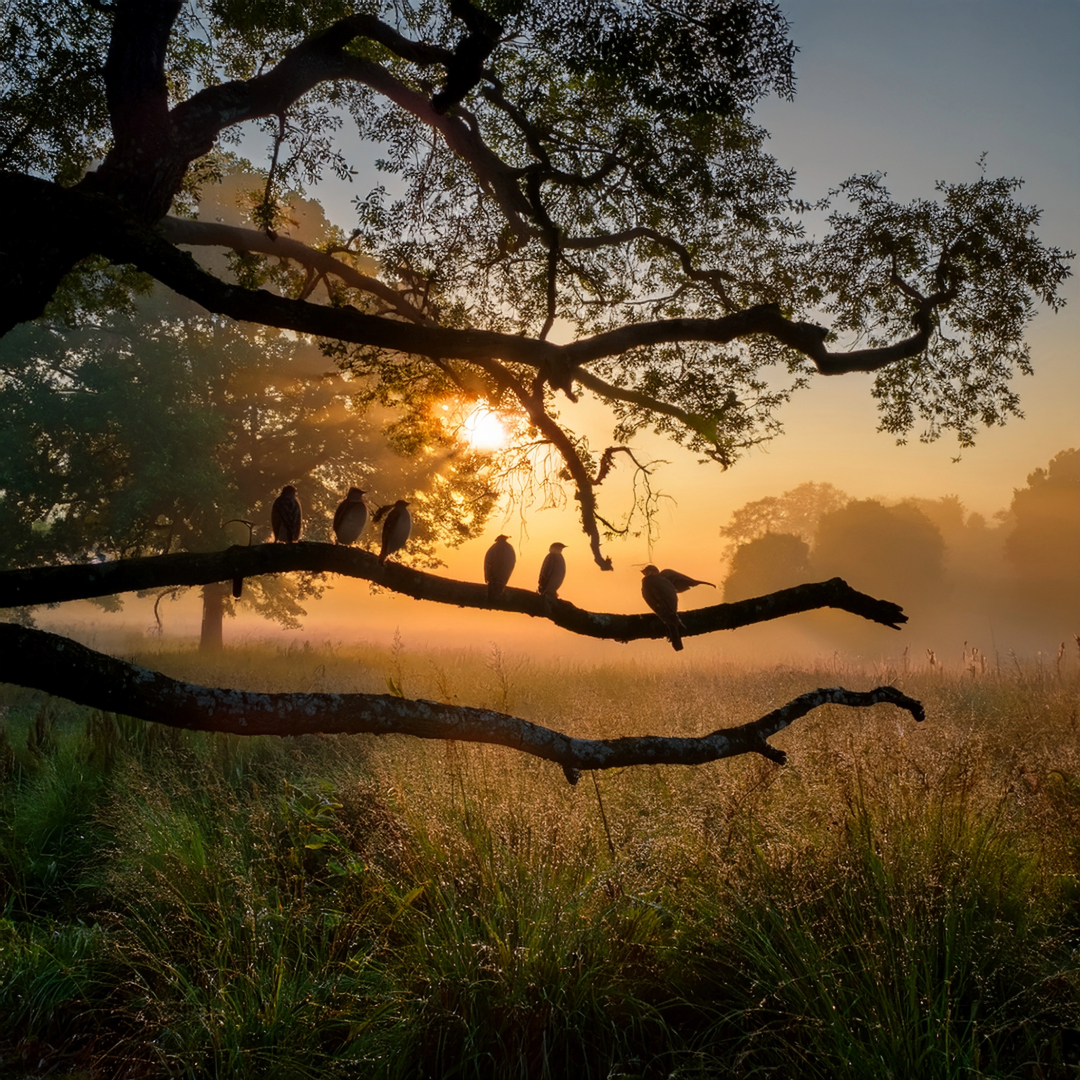
Birds are now accused of being lazy and only singing in the early morning or late evening and even then not their full song. The more typical calls heard are to their fledglings and these are usually alarm calls indicating danger. On hearing these calls the young fall silent immediately and then, after a short time, resume their tinkling noises or monotonously repeated supplications. The latter calls are typical of hungry fledglings that have recently left the nest. The time when Londoner’s complain of being woken up by birds is now long gone.
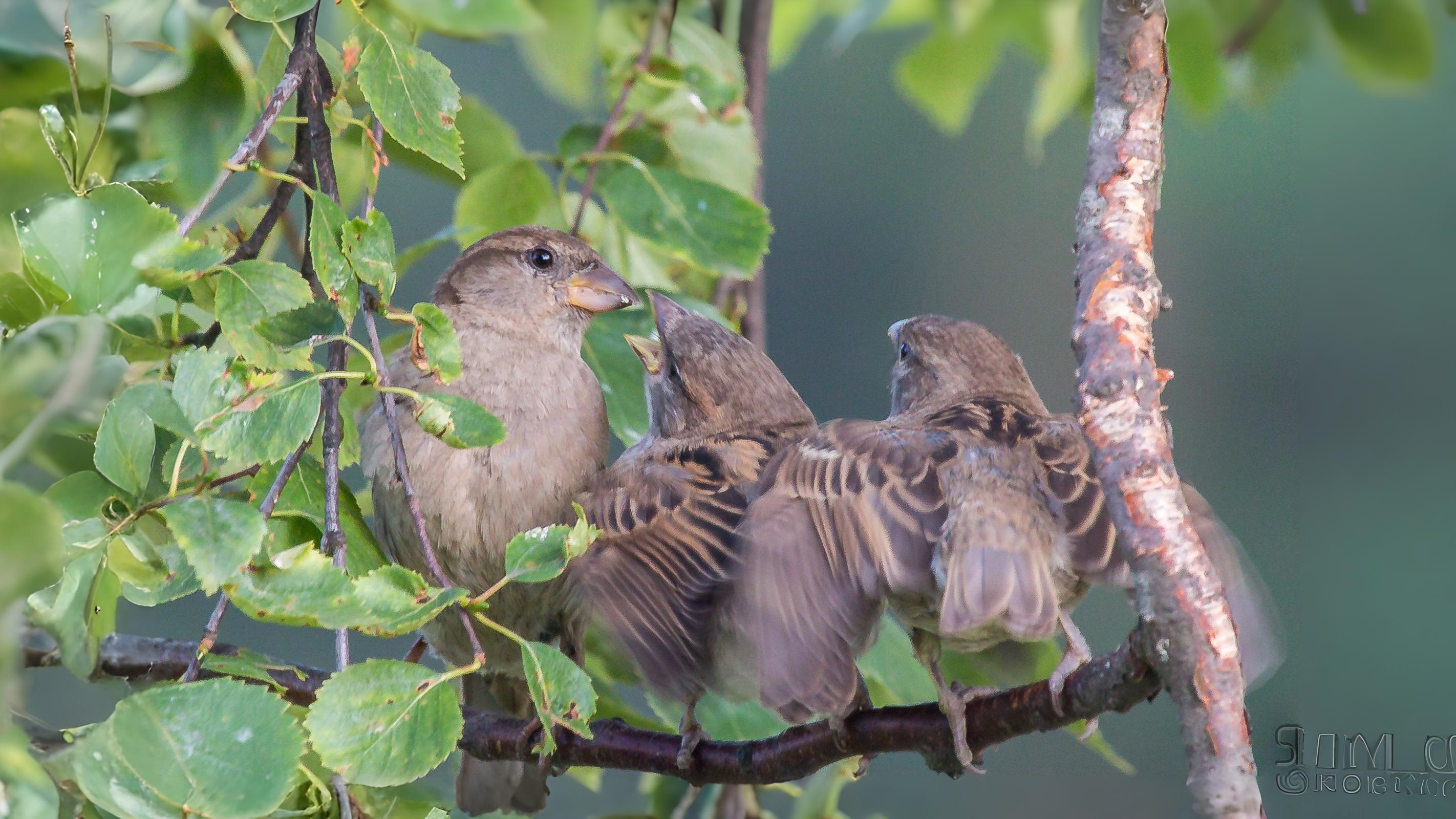

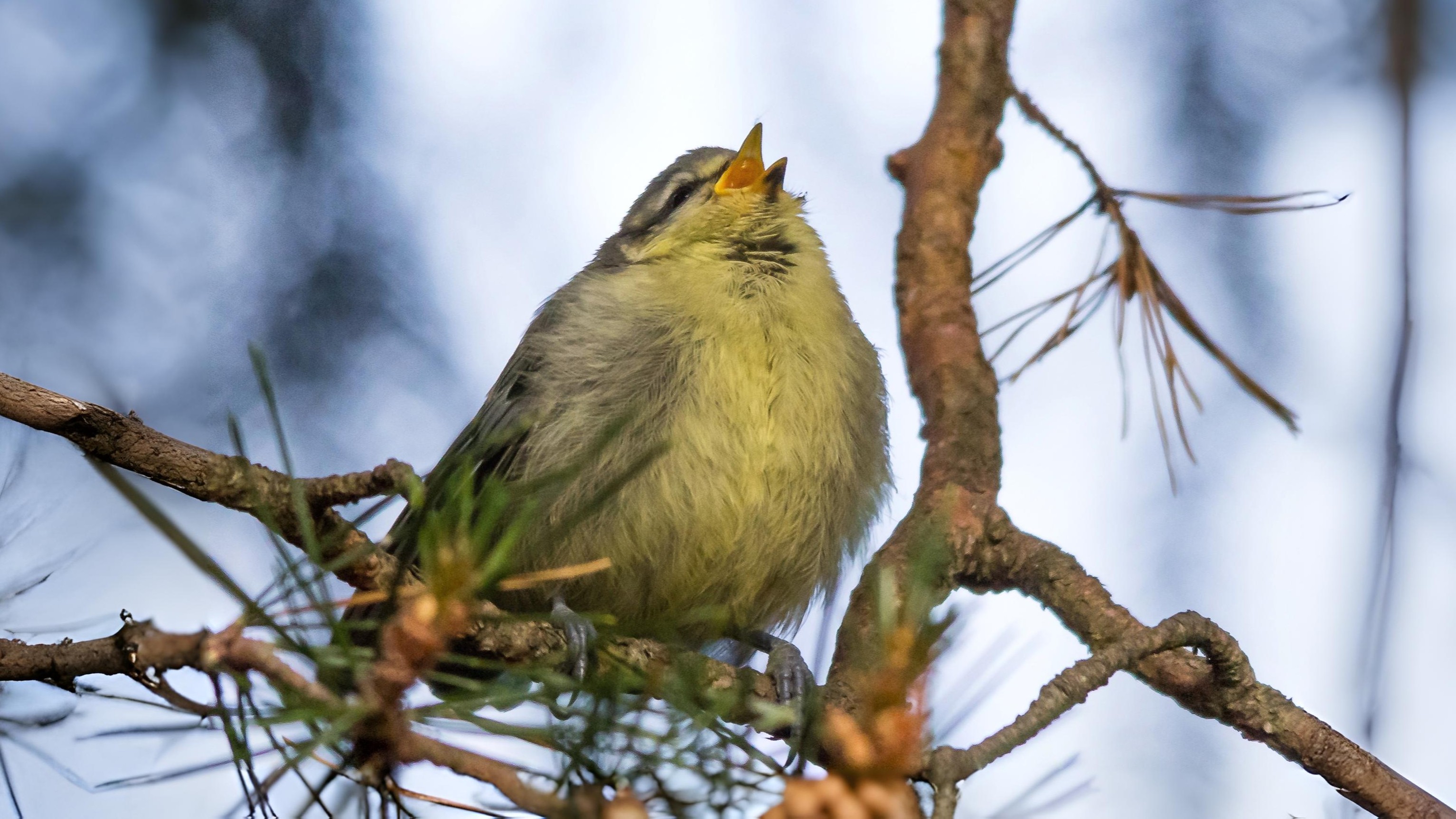

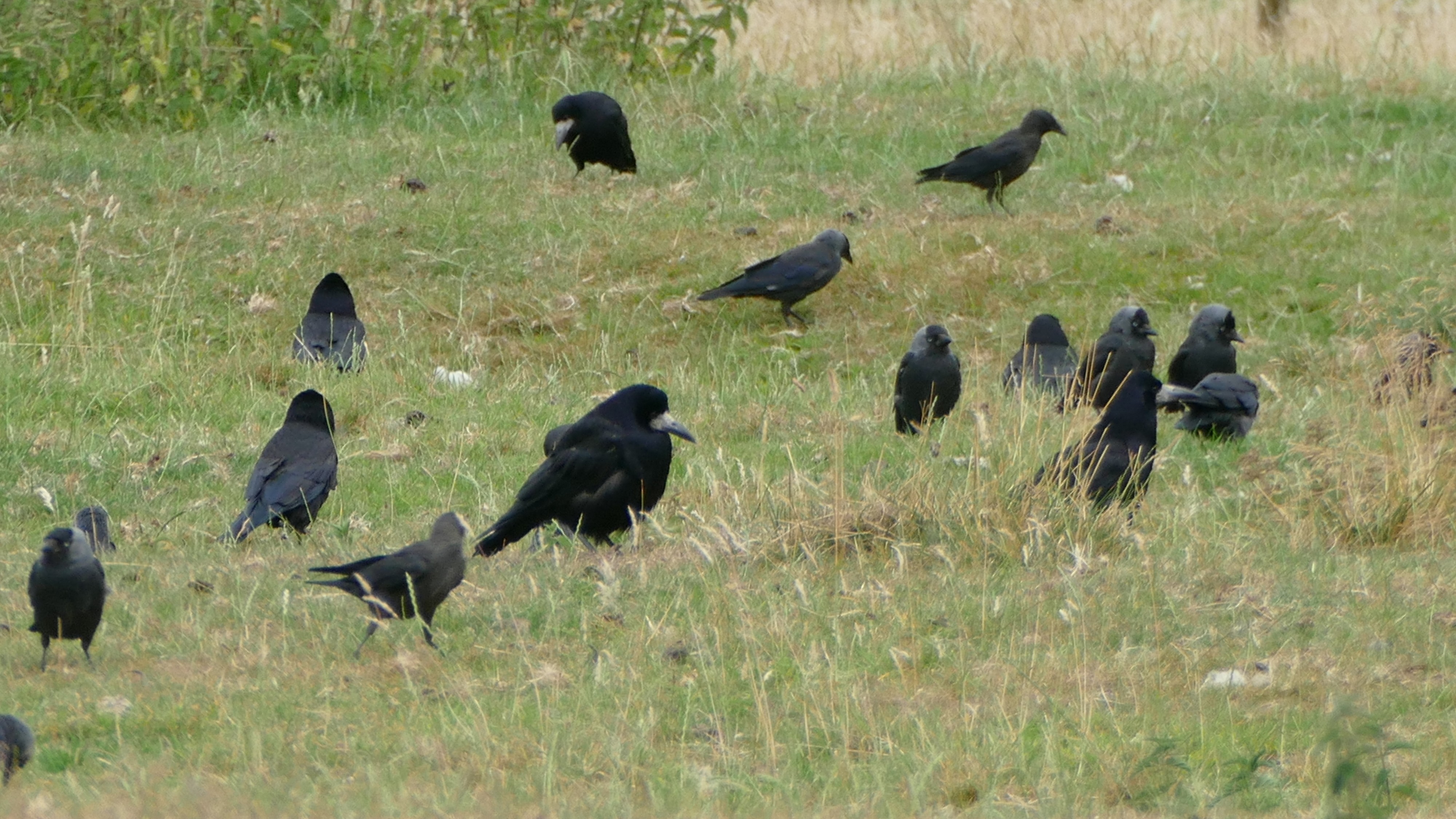

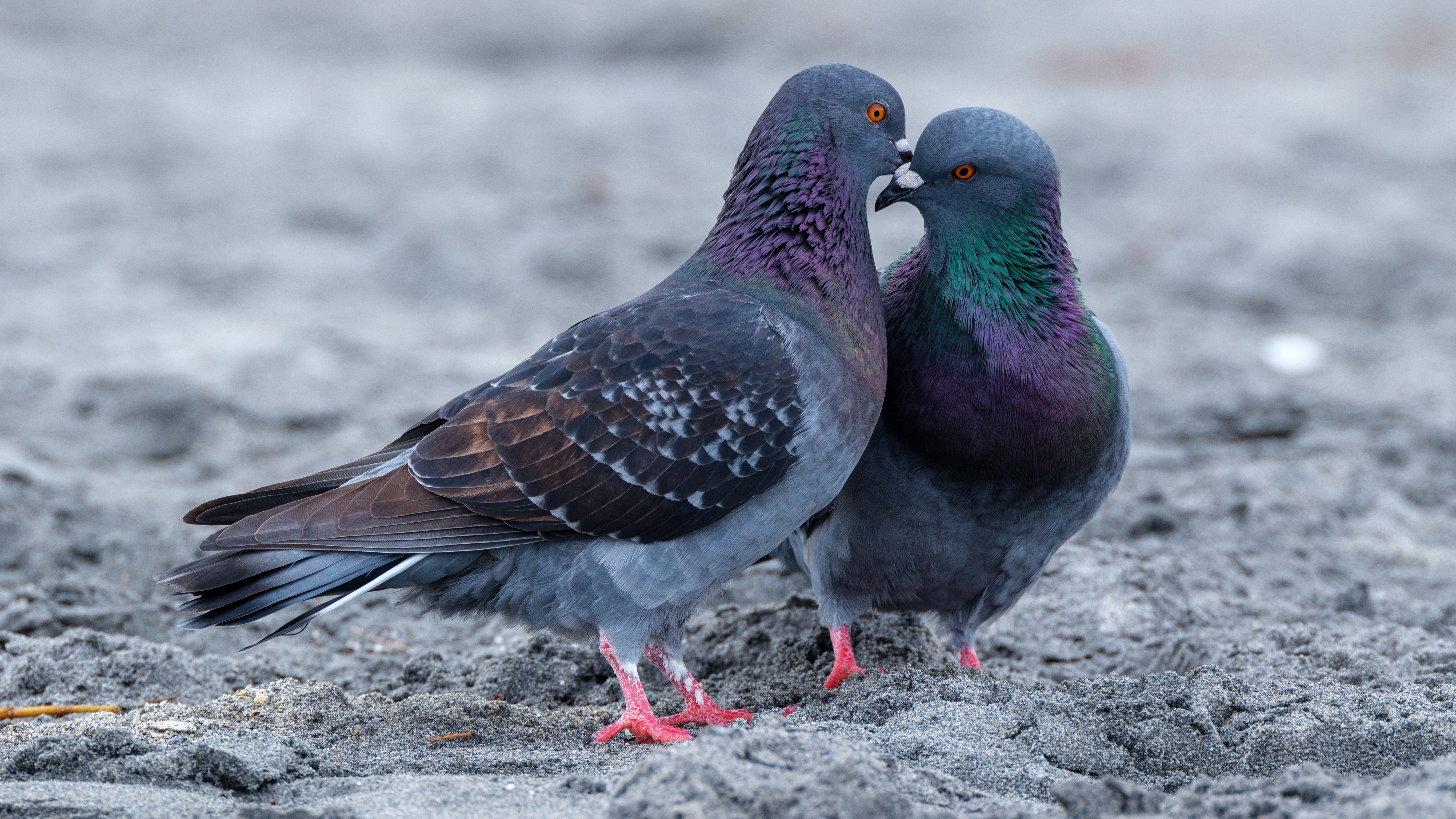

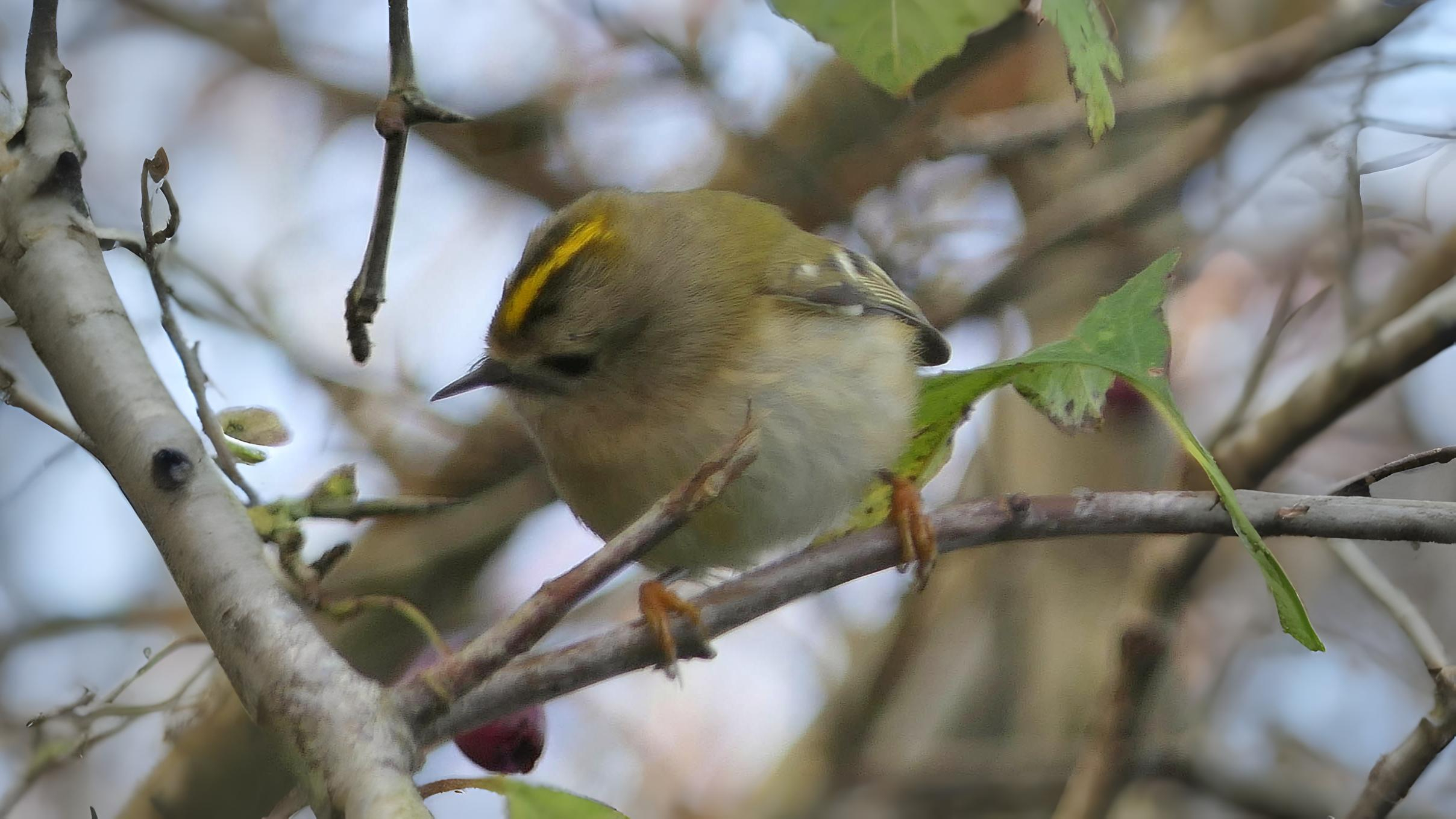

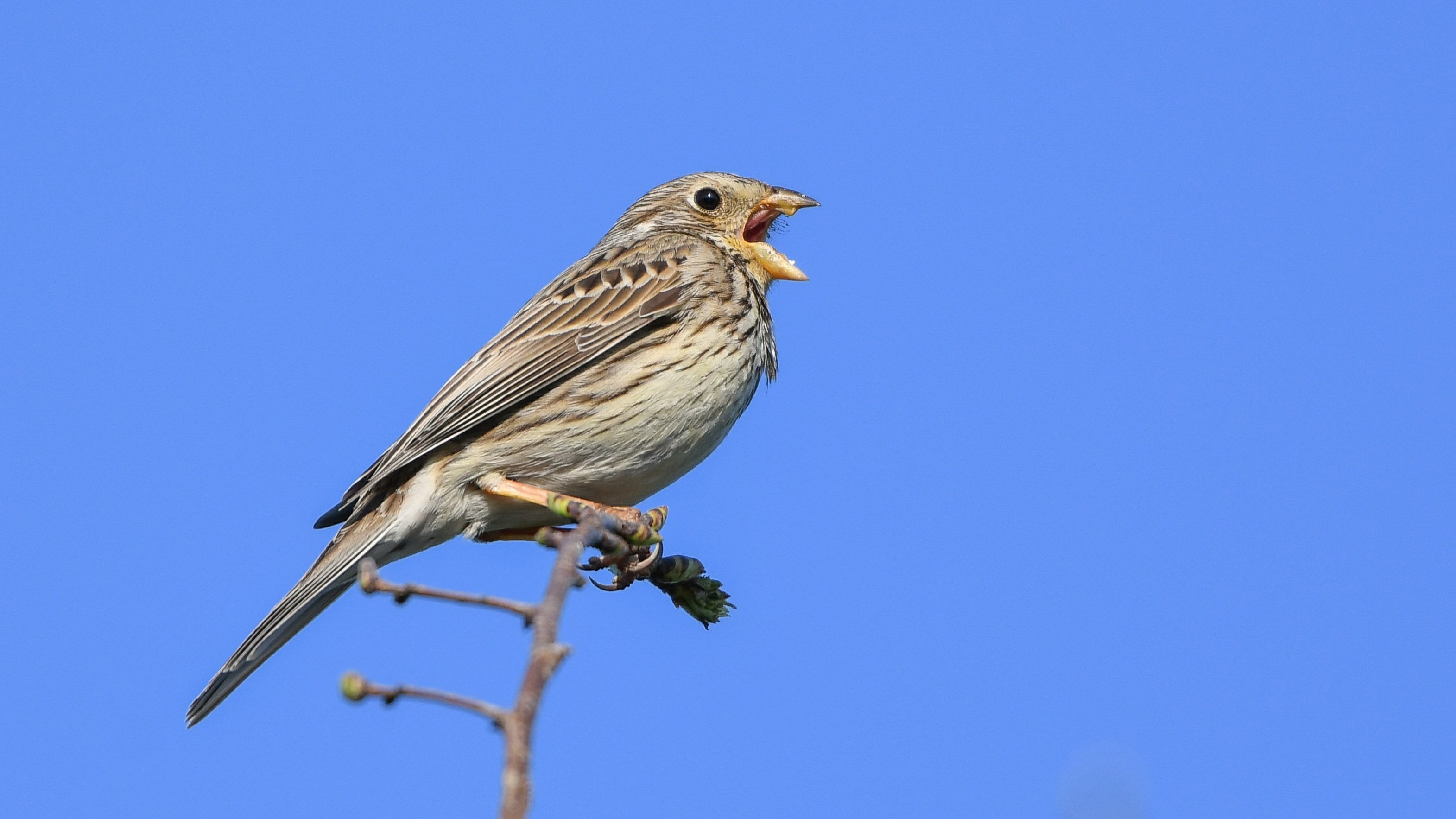

Where there are sufficient reeds and open water there is still a lot of noise coming from reed buntings, reed warblers and sedge warblers. The latter may even be heard at night. In more marshy conditions there is always the slim possibility of grasshopper warblers or even a snipe.
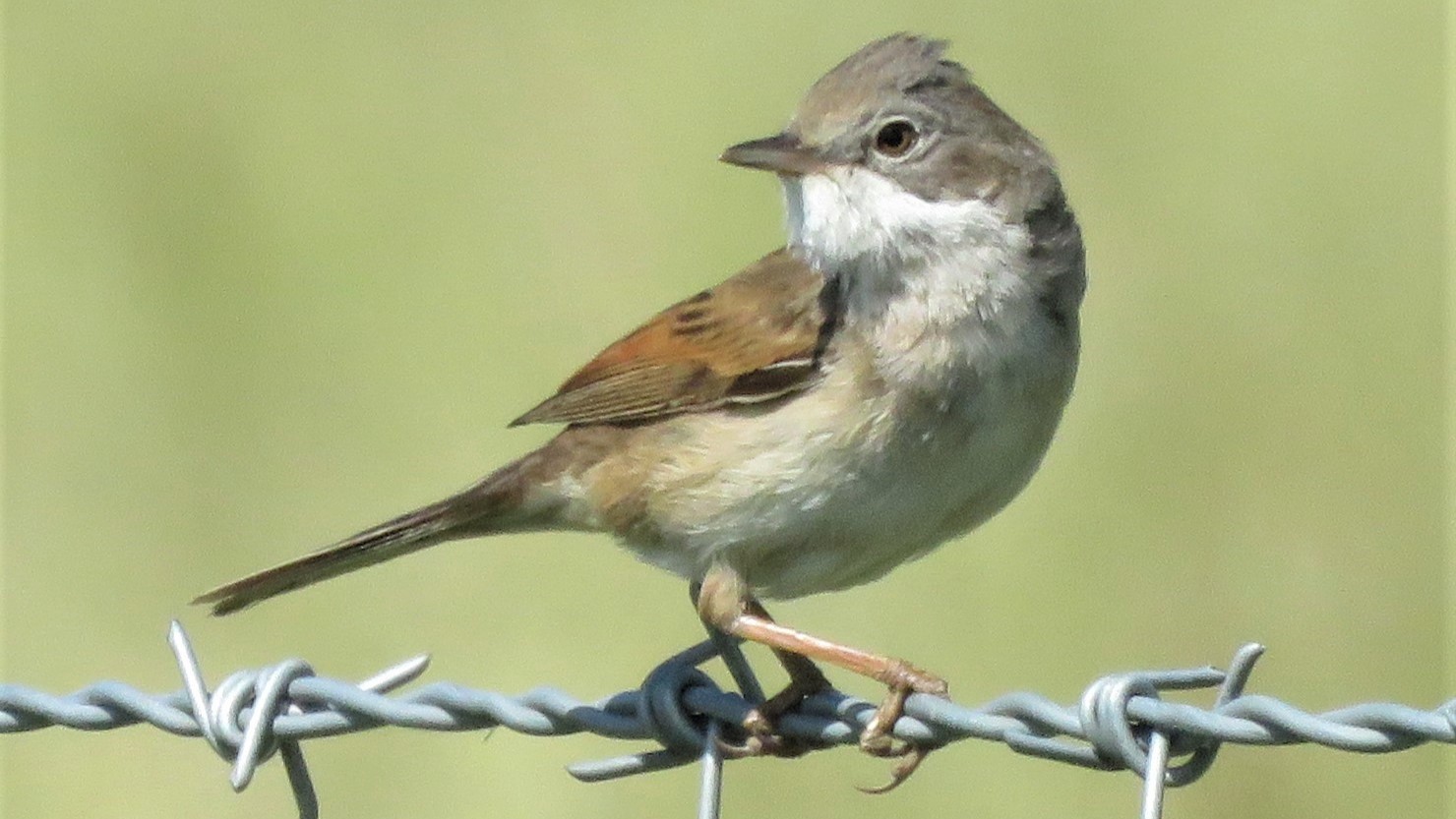

June is also a good time to hear the croaking, frog-like calls of woodcocks as they go ‘roding’ i.e. making an aerial circuit around their territory at tree height.
